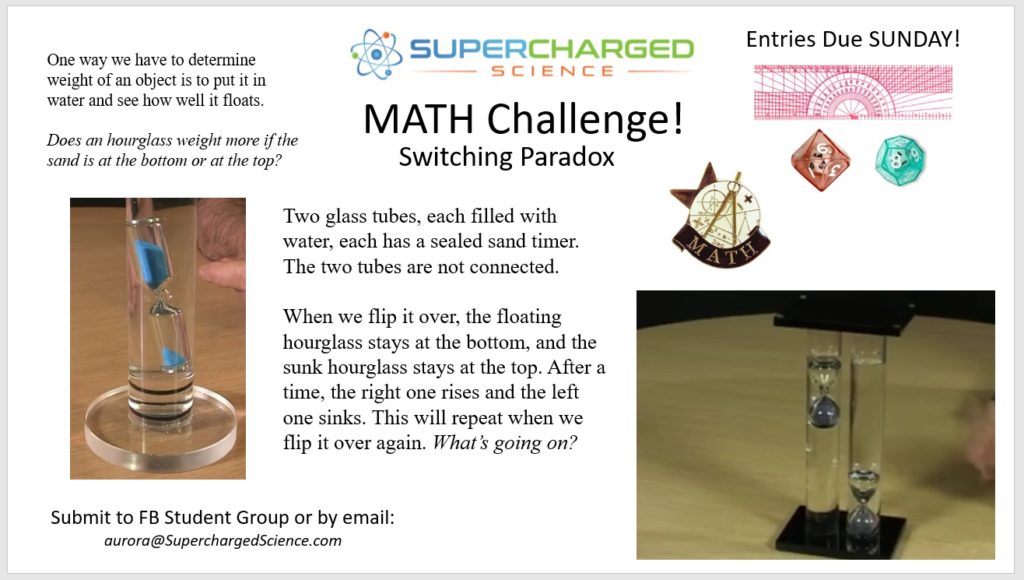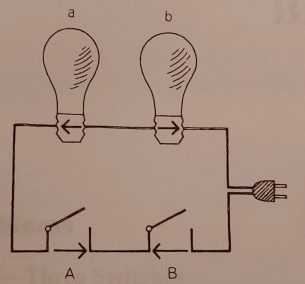[am4show have='p156;p157' guest_error='guest_error_msg' user_error='user_error_msg' ]
Converting Decimals & Fractions
Decimals are used to write a number than is not a whole, like two-and-a-half. Decimals are numbers that are between whole numbers, for example: less than 9 but greater than 8. We're going to introduce how to build a decimal number using place value (100, 10, 0.1 and 0.01), run a Candy Shop and a Fast Food Restaurant, learn how to measure length in the metric system, introduce geography and mapping, track sea turtles and the speed our magnetic North Pole wanders over the centuries!
Money Packet Printables & Questions
During class, I had a stack of US bills and coins we used to calculate the price and to count back change with. Ideally you would just use real bills, teaching the best practices with actually handling real money. If you prefer to print out copies of bills instead, please click the link below to download your copy of this packet.
Download your Decimals #1 & #2 Workbook
To help you with your daily practice, I've put together a set of workbooks. You can use these or your own workbooks as long as it covers decimals. Plan to complete 4-5 pages per day. After you complete the pages, you may check the answer key.
Decimals Workbook Videos
I've put together a set of videos that will walk you through this workbook, so grab yours and let's work together. There are four videos that cover Workbook #1, the first set was in the previous session. Plan to complete 3-4 pages per day. After you complete the pages, you may check the answer key.
Plotting on a Number Line
We're going to learn how to plot and read a decimal number line, so it will be easy to read metric rulers!
Download your Decimals #1 & #2 Workbook
To help you with your daily practice, I've put together a set of workbooks. You can use these or your own workbooks as long as it covers decimals. Plan to complete 4-5 pages per day. After you complete the pages, you may check the answer key.
Run a Farm Math Project
Numbers are everywhere you look, even on the farm! This activity focuses more on word problems and intrepreting data more than decimals, so be sure to do your workbook pages if you are also doing the Farm project this week. Next week we'll be combining both in our activity, so this is an easier week in terms of actual numbers. (Hint: Not a lot of decimals in the Farm Project). This is an introduction to some of the more in-depth topics we will do during our next study on Business Math, so have fun with it!
Decimals-Fraction Flip Chart Activity
Decimals and fractions are two sides of the same coin (or in our case, number). This is a fun project you can make with the handout and a spare notebook. Feel free to add in your own cards for flipping once you get good at this!
Decimals-Fraction Dominoes Game:
This is a fun hands-on domino game you can play that uses decimal numbers, fractions, and images to really hone your recognition skills of all three. Print them out and give this game a try!
Advanced Level Math Class
Advanced students will focus on doing calculations as well as working on practical application of decimals. You'll need to have a firm grasp of decimals (operations like adding, subtracting, multiplying dividing) as well as converting between fractions and decimals in order to go through the content covered in the Advanced level.
Math Labs: Metric System & Tracking Animals
This week you have two different types of labs: the first builds on our geography lesson from last week by tracking animal migrations. The second is a series of astronomy labs that show you how to scale images and calculate speeds of exploding stars based on photographs.
Astronomy Labs
Math Challenge
Each session, I have a special Math Challenge for you to work on after you work through some of the content in this area of math. The goal for these special math challenges is for you to be able to communicate your great ideas with your family and friends, without them being in a math class or having any knowledge of a specific area of math. You should be able to convey your great ideas to most people that are interested in hearing what you have to share. Many families find this part of the math program exciting for them to participate in with their student!

Watch the video below for more detailed explanation of the math challenge!
HINTS on making your own Floating Hourglass
If you want to make this yourself, and you've watched the short explanation video above, one of the tricks is that your sand timer has to be nearly-neutrally buoyant. If your timer is too light and you find it never drops down, add a tiny bit of weight to the timer so it sinks very slowly after a delay of floating near the top for a bit. If you play with adding tiny bits of weight and it still doesn't sink up or down the tube on its own, try a different timer.
Solution to Decimals Week #1 Math Challenge
This one had a bit of a trick about it. Concealed inside the base of each light bulb and each on-off switch is a tiny electronic component (called a rectifier) that allows current to flow through only in one direction. It's sort of like a one-way street for electricity.
Look at the circuit shown below. The arrows indicate the direction of current flow by each rectifier.
If the current is moving so that a rectifier in the base of a bulb will carry it, the rectifier steals current and the bulb remains dark. Look at the image below and notice that each switch turns on and off only the bulb whose rectifier points in the same circuit direction as the rectifier in the switch.
Other than complaining about suddenly tossing in diodes (rectifiers) from left field, you might think: "That's really hard to hide a diode in the base of a bulb!" and yes, you would probably need to chip out a little bit of the wood in order for the bulb base to sit flush on the wood base.
A rectifier is a device that converts an oscillating two-directional alternating current (AC) into a single-directional direct current (DC). This was on public display at a science center for many years, and very few people were able to even get close to understanding how it was even possible!
The real question is: What did you learn from this challenge?


